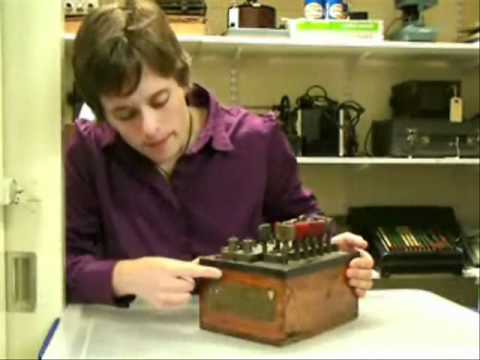On 23 January, the Manchester Museum of Science and Industry (www.mosi.org.uk) hosted a lecture on “radars” at work between 1914 and 1918 delivered by Elizabeth Bruton from Leeds University, a researcher in the project “Innovating in Combat: Telecommunications and intellectual property in the First World War”.
During World War One, research in the field of wireless technologies mainly focussed on development in communication that actually led to radio telephony and exerted significant impact on radio broadcasting after the war. Other uses of wireless technologies, especially those related to signals and processing signals carried even more importance during wartime. Bruton highlighted two of them: direction finding as one and the detection and interception of signals as the other.

In August 1914, not long after the war had broken out, key persons from the British Admiralty and the Marconi Company established a number of wireless radio stations along the east coast of the United Kingdom. Key persons included H. J. Round, an early pioneer in the field who, received 117 patents during his lifetime. The stations had to determine the direction of enemy signals, which was done with the help of special aerial and wireless devices and stations (called B stations). The technology was used to locate and track German ships, submarines, and aircraft in the North Sea and the Atlantic Ocean.
The innovative use of wireless solutions turned out to be vital; new impetus was gained during wartime, and after World War One was over developments crucial to communication were carried out at full speed.
